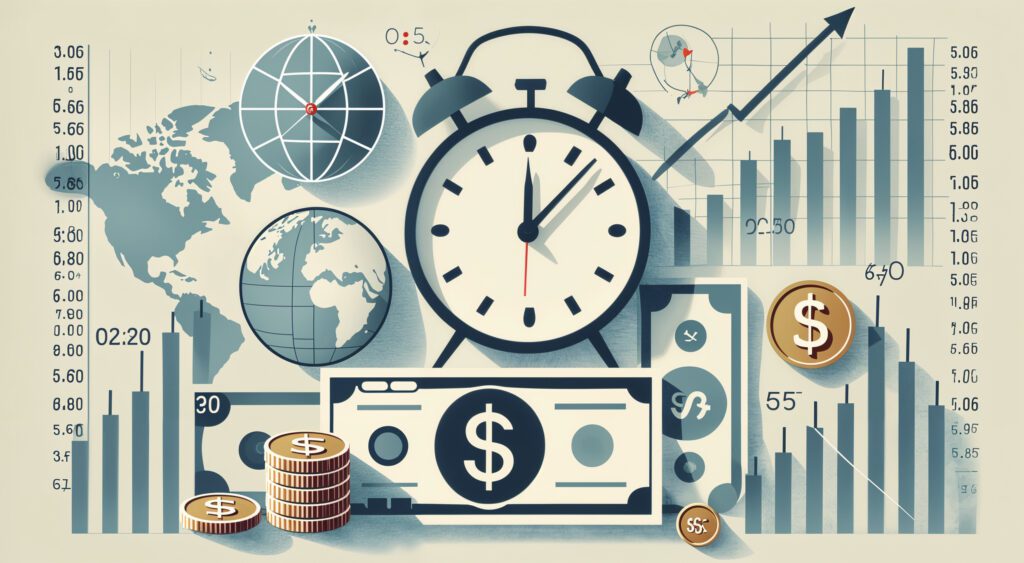The Public Service Loan Forgiveness Program (PSLFP) began in 2007 with a simple idea: forgive the student loans of borrowers employed in crucial but often low-paying government or nonprofit positions after they make timely payments for 10 years. Guidance from the U.S. Department of Education lists a broad range of jobs that are eligible for loan forgiveness: law enforcement, emergency management, military service, early childhood education, public librarians, health care providers for disabled or incapacitated individuals, and legal aid attorneys. The Department sent letters to borrowers to certify their eligibility for the PSLFP.
Now, the Department is notifying some borrowers who chose their career path based on the PSLFP, worked for 10 years in public service jobs, and made 120 loan payments that their debt does not qualify for forgiveness. The Department maintains that its certification letters are neither binding nor a final determination of a borrower’s eligibility. Understandably, borrowers are reacting with anxiety, outrage, and litigation. And, because of a pending lawsuit brought by the American Bar Association, the Department hasn’t clarified what types of loans, employment, and payments qualify for loan forgiveness.
What should you do if you thought your student loans would be forgiven under the PSLFP? Or, what if your child or grandchild is pondering an altruistic career choice that might qualify for the PSLFP? A good starting point is to review the Department’s current guidance, which outlines four criteria: loan, payment, payment program, and employment.
What type of loan qualifies for the PSLFP?
It’s imperative for borrowers to understand the terms of the loan and verify that it will qualify for loan forgiveness. Only direct federal student loans qualify for the PSLFP. The name of the loan will identify whether it is a direct loan. Look for these specific titles: “direct subsidized loans,” “direct unsubsidized loans,” “direct PLUS loans,” and “direct consolidation loans.”
If you have other types of federal student loans, such as a Perkins, Stafford, or Federal Family Education Loan, ask whether it will be possible to consolidate that debt into a direct consolidation loan. If you consolidate direct and indirect loans, only loan payments made after the consolidation is complete will qualify for the 120-payment threshold. Note that consolidation effectively resets the count, and prior payments made on direct loans will not count.
What type of payment qualifies for the PSLFP?
All 120 loan payments must be made in full and on time while the borrower is working full time in a qualifying public service position. The payments do not have to be consecutive. If, however, a borrower pays more than required, the additional amount will not be applied either to the next payment or the 120-payment goal. Also, payments made while the borrower is still in school or in a grace, deferment, or forbearance period are not qualifying payments.
What type of loan repayment program qualifies for the PSLFP?
Because the loan repayment term for student loans is 10 years, borrowers who are not in an income-driven program will repay their loans in 120 payments. Consequently, only income-driven programs that base repayment on the borrower’s monthly income will qualify for loan forgiveness under the PSLFP. Graduated and extended repayment plans, which extend the repayment term, are not based on monthly income and do not qualify as income-driven repayment programs. The primary income-based repayment programs are:
- Revised Pay As You Earn Repayment Plan (REPAYE Plan)
- Pay As You Earn Repayment Plan (PAYE Plan)
- Income-Based Repayment Plan (IBR Plan)
- Income-Contingent Repayment Plan (ICR Plan)
What type of employer and employment qualify for the PSLFP?
The employment criteria include quantitative and qualitative components. The borrower must work at least 30 hours per week or meet the employer’s definition of full-time work. Borrowers who work in more than one public service job may combine their employment to reach the weekly requirement. In its publications, the Department states that government employment at the local, state, or federal level qualifies for the PSLFP. Full-time service in AmeriCorps or Peace Corps is also qualifying employment.
The Department’s general terms for nonprofit employment have caused uncertainty, however. It broadly states that employment with organizations exempt from taxes under Section 501(c)(3) of the Internal Revenue Code and “other types of not-for-profit organizations that provide certain types of qualifying public service” are eligible for the PSLFP. Aside from explicitly excluding employment with a labor union or partisan political organization, the Department has not clarified what other types of not-for-profit organizations are qualifying employers. For example, although the Department previously certified employment with the American Bar Association and the Vietnam Veterans of America, it recently revoked some borrowers’ eligibility for the PSLFP, prompting the pending lawsuit. In its legal filings, the Department maintains that annual approval of the employer certification form is not conclusive and that it does not make a final decision on qualifying employment until after the borrower makes 120 loan payments.
What to do now?
The Department’s existing guidance aside, the requirements for loan forgiveness under the PSLFP remain in question. As the first groups of borrowers approach the 120-payment goal, policymakers are beginning to grasp the true cost of loan forgiveness, and the Department appears to be refining its position on qualifying employment.
This uncertainty doesn’t mean that borrowers should dismiss the PSLFP entirely. At a minimum, students should understand the kind of loan they accept as they enter school; after graduation, they need to confirm that their payments and repayment program qualify for the PSLFP. Also, each year they must submit the Department’s employer certification form. As more borrowers seek repayment under the PSLFP and the Department refines its requirements, the result may well adhere to the program’s original intent: easing the student loan burden for those who pursue public service careers.
©2020 Commonwealth Financial Network®


